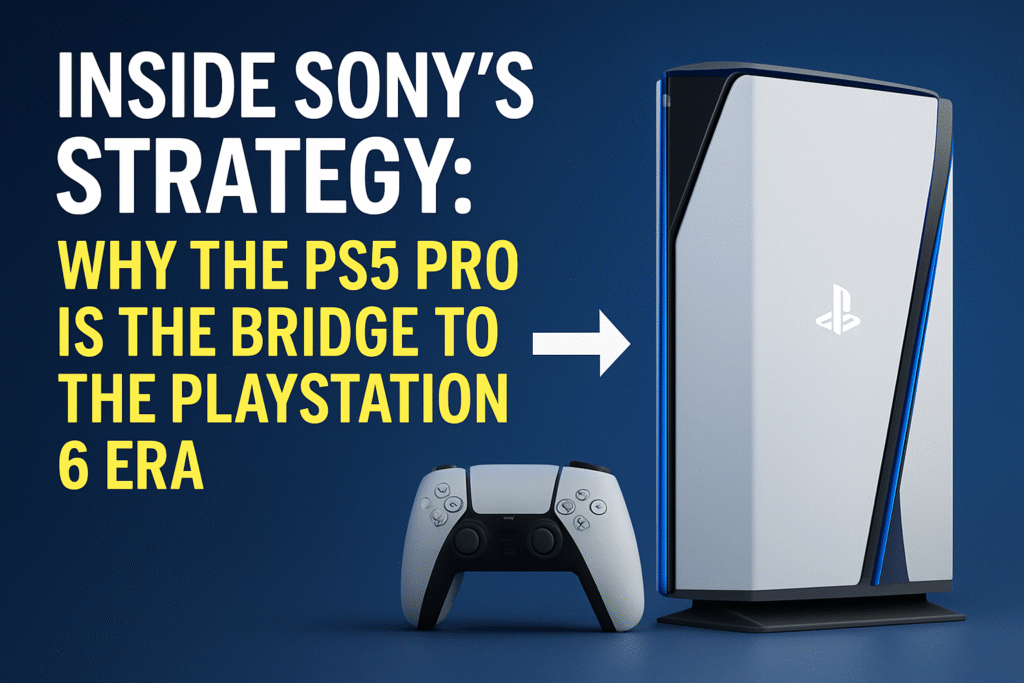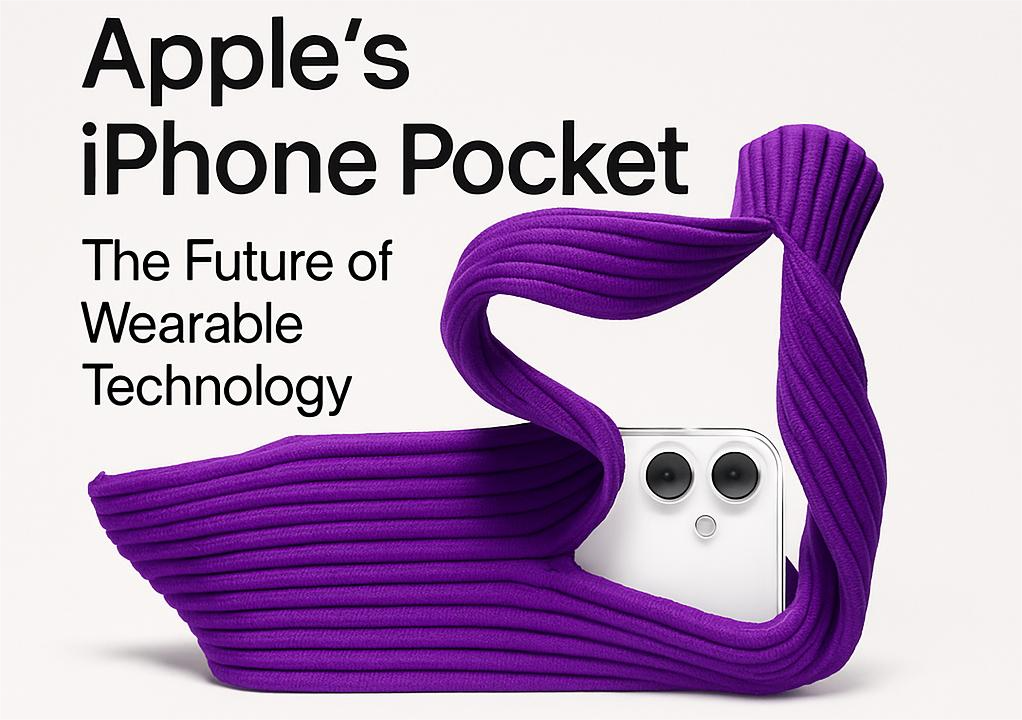
Augmented Reality (AR) has evolved far beyond filters and games. In 2025, it’s becoming a transformative force across industries. From interactive shopping experiences to immersive learning environments, AR is redefining how we engage with digital and physical spaces. Below, we explore the most promising trends shaping the future of AR.
1. AR Wearables Go Mainstream
2025 marks a tipping point in wearable AR. Devices like Apple Vision Pro, Meta Quest 3, and Snap Spectacles 4 are shrinking in size and improving in function. These glasses are not just entertainment gadgets; they offer real-time translations, navigation overlays, and live contextual data for professionals and consumers alike.
Use Case:
- Remote collaboration in design and engineering
- Hands-free real-time instructions for field workers
2. AR-Powered Retail Experiences
Retailers are investing heavily in AR shopping tools. From virtual try-ons to in-store AR navigation, customers can interact with products before buying. IKEA and Sephora lead the way, enabling users to place virtual furniture in their room or test makeup in real-time using AR filters.
Impact:
- Reduced product returns
- Higher engagement and conversion rates
3. Spatial Computing and AR Navigation
Spatial computing is giving AR a new dimension—literally. It allows devices to understand and interact with physical space in real-time. AR navigation inside buildings, airports, and shopping centers is becoming standard.
Example:
- Google Maps AR Live View now supports indoor navigation for malls and airports.
4. AR in Education and Training
Education is going immersive. AR enables students to explore 3D models of historical sites, biological organisms, or chemical reactions—bringing static content to life. Corporations are also adopting AR for employee onboarding and skills training with hands-on simulations.
Stats:
- AR training tools improve learning retention by up to 75% compared to traditional methods.
5. Gaming and Entertainment Push Boundaries
AR gaming is merging physical and virtual worlds more seamlessly than ever. Games like Niantic’s Peridot and Minecraft Earth (revived) allow players to interact with the environment in real time. Meanwhile, live concerts and sports events now integrate AR overlays to boost fan interaction.
6. AI + AR: The Smart Layer
Artificial Intelligence is enhancing AR with real-time object recognition, personalized content delivery, and context-aware interfaces. This smart layer makes AR far more useful in daily life—from detecting landmarks during travel to identifying faulty machinery in industrial applications.
7. Cross-Platform AR and WebAR
Thanks to 5G and advances in WebAR, users no longer need to install apps to experience AR. Brands are launching browser-based AR campaigns that reach a broader audience with zero friction.
Trend Highlight:
- WebAR experiences grew by 40% YoY due to their ease of access and performance.
Conclusion: AR is No Longer Optional
Augmented Reality in 2025 isn’t a gimmick—it’s becoming a core part of digital strategy across sectors. As AR hardware becomes more accessible and software capabilities advance, expect more seamless integrations into daily life. For businesses and developers, keeping pace with AR innovation isn’t just smart—it’s essential.





